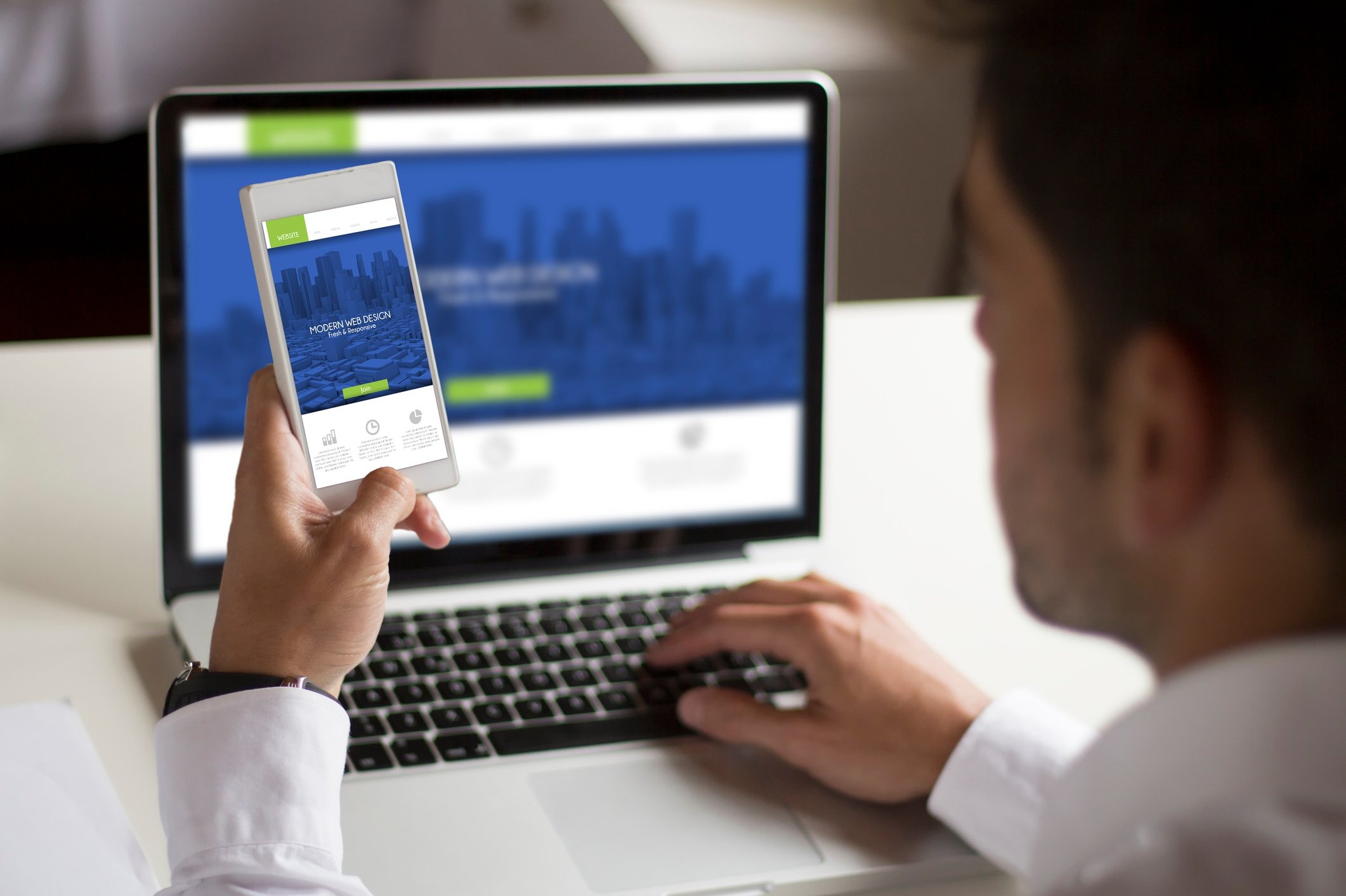By: Roland Campbell, Director, Solutions Engineering
The position of usability in the online user experience is an important one and it affects user satisfaction, retention, and conversion. A site that is difficult to use is likely to be abandoned, which can cost businesses potential customers and revenue.
This significant position led Google to conduct a study on 100 mobile web sites to explore the ins and outs of usability and how to best execute a user-friendly site. From the results of this study, they came up with a set recommendations they think should be followed in order to optimize mobile sites, which they shared with attendees of their Google I/O conference. A lot of what they suggested was expected, like tips on making sure your site is mobile-enabled. Some of it, however, was not as obvious. Details below communicate some of the most insightful tips, but you can find the report here to get the full information.
Homepage and Site Navigation
- Keep calls to action front and center.
- Keep menus short and sweet.
- Make it easy to get back to the home page.
- Make promotions the focus of your home page.
Google did note that the study’s users expected that clicking on the logo in the header would return them to the home page. This makes the users’ demand for simple navigation clear. However, what is overlooked is the need for something that’s fast. Not only does a site need to be easy to navigate and look good, but menus should be fast and not have extra page loads.
Site Search Recommendations
- Make site search visible. Don’t leave it only in the menu.
- Ensure search results are relevant.
- Implement filters to improve site search usability.
- Guide users to better site search results.
Importantly, site search also has to be fast. If the search comes up and spins, you are likely to face page and site abandonment.
Commerce and Conversions
- Let users explore before they have to sign up.
- Let users purchase as guest.
- Use existing information to maximize convenience. (If you have the user’s address, name and card, fill it in for them.)
- Use click-to-call buttons for complex tasks.
- Make it easy to finish converting on another device.
Persistent carts and favorites lists could help with conversions too. These features, which Usablenet often incorporates into clients’ mobile design, would let customers access their shopping cart at all times, and constantly keep track of the products that interest them.
In line with Google’s recommendations, some other suggestions include making any forms on your site easy to use and providing visual date entry tools like calendars when it’s appropriate. Visually, you should allow for expandable images and make sure your customers don’t have to pinch and zoom to navigate your site. Also, from a personalization standpoint, a well-functioning and accurate store locator can work wonders for a customer on the move. This particular tip comes from Usablenet’s data and experience with clients who chose to incorporate store locators.
These tips, as a whole, boil down to tweaking all aspects of your site to provide an overall well-performing site. Your site should do most of the legwork, so that your customer’s interaction with your site is as easy, fast and seamless as it can be.

![Google's Mobile Usability Study: What You Need to Know [Blog]](https://blog.usablenet.com/hubfs/google-mobile-smartphones-blue-ss-1920-800x450.jpg)


![The Mobile Playbook (US) [White Paper]](https://blog.usablenet.com/hubfs/21.png)
![State of Mobile in 2015 [Infographic]](https://blog.usablenet.com/hubfs/44.jpg)
![Boost Customer Engagement: How Dressbarn Took Control of Mobile [Video]](https://blog.usablenet.com/hubfs/itemeditorimage_56b8aa161e151.png)

